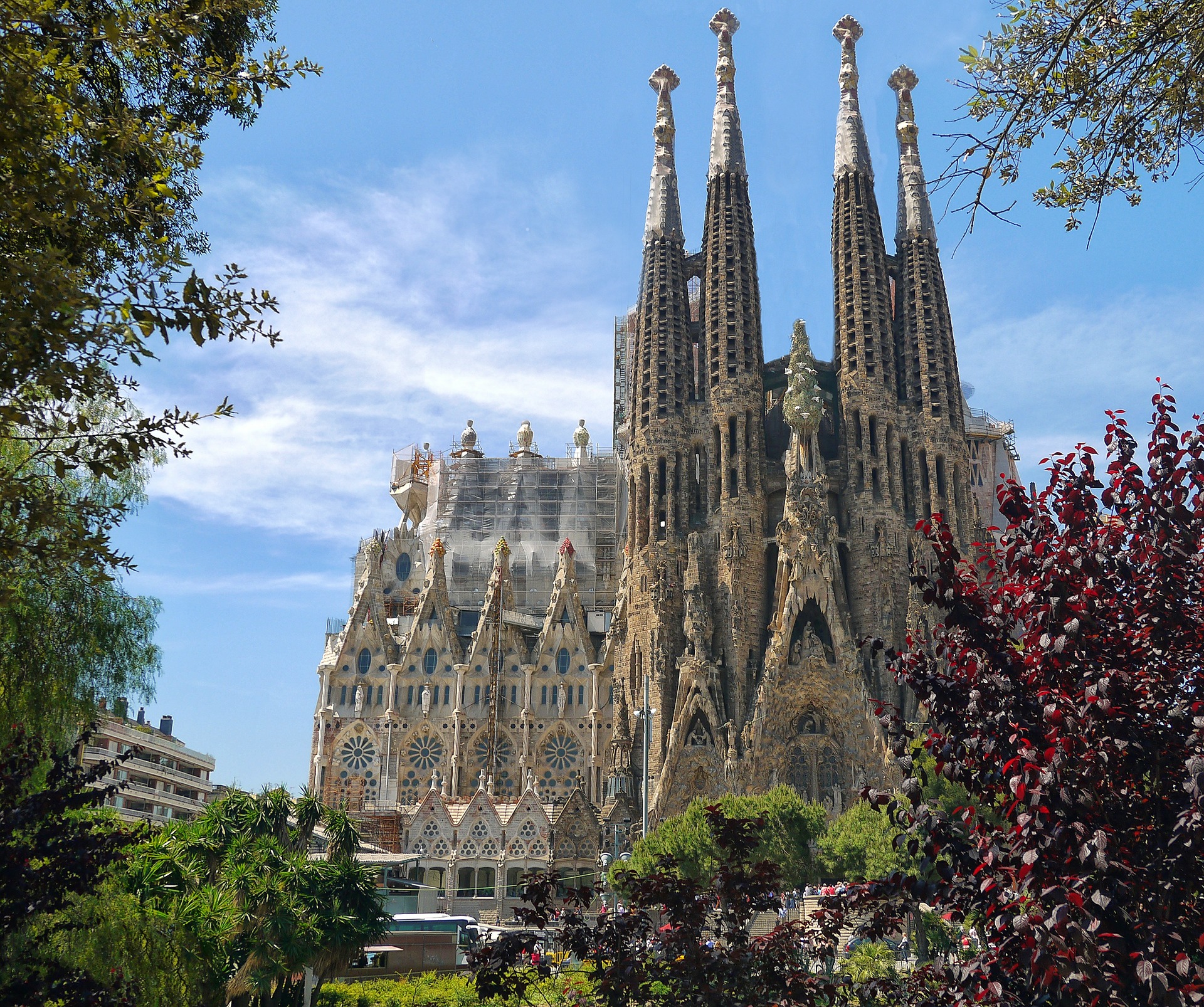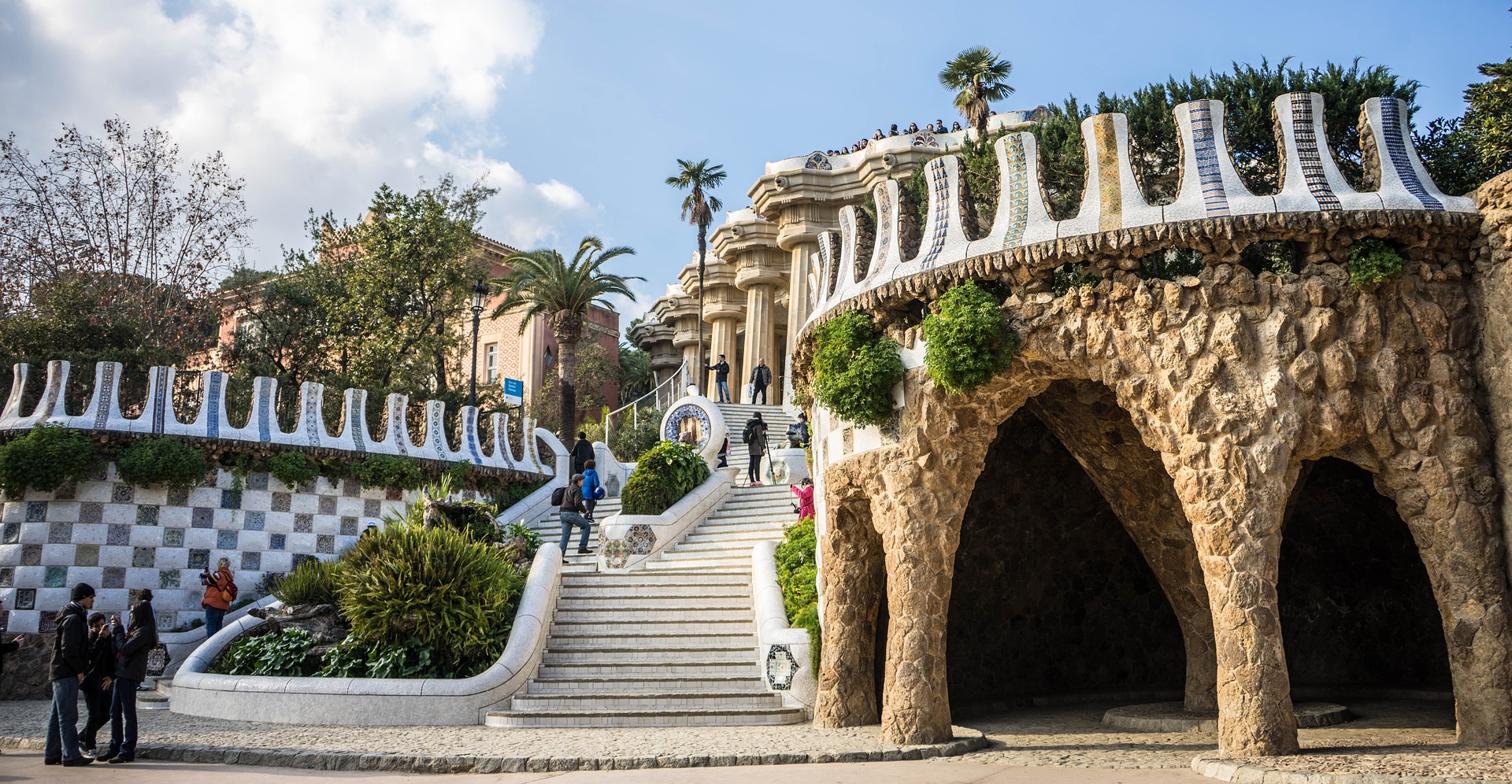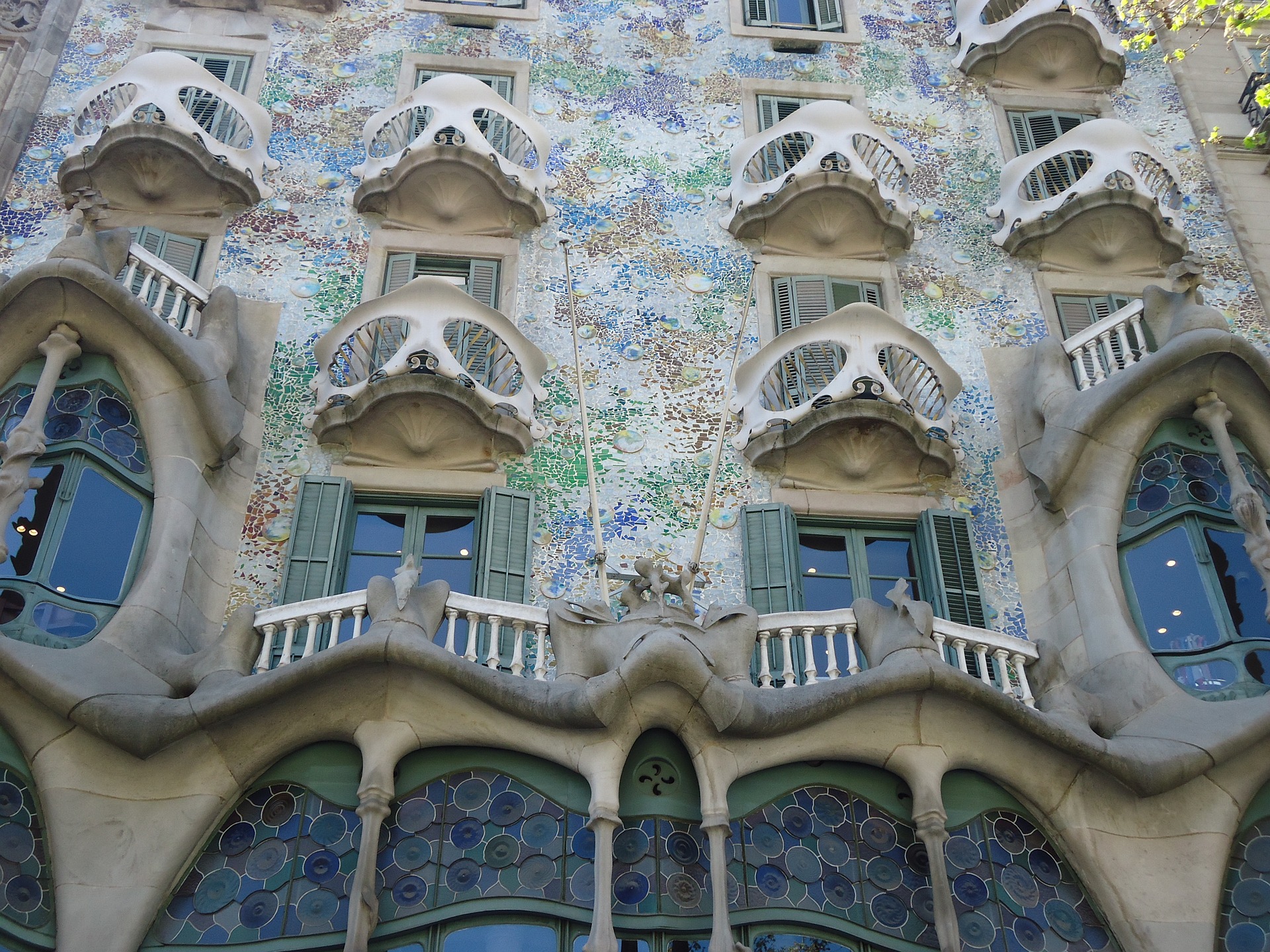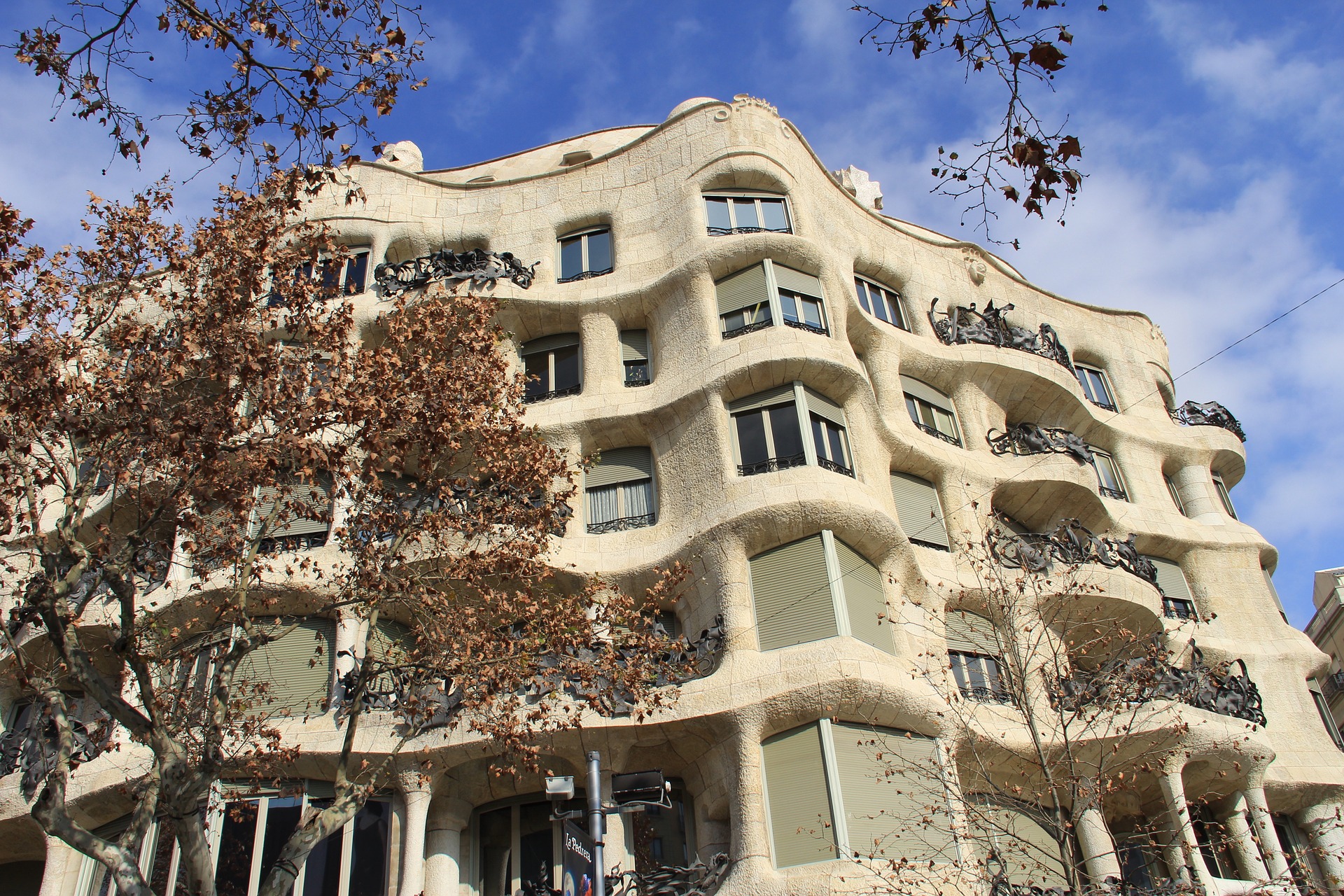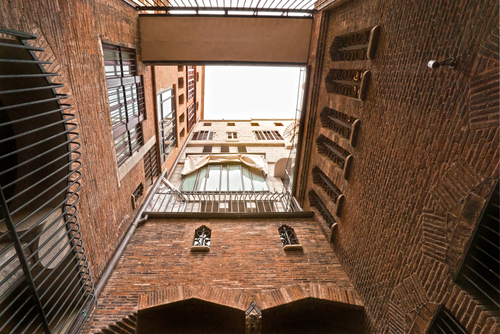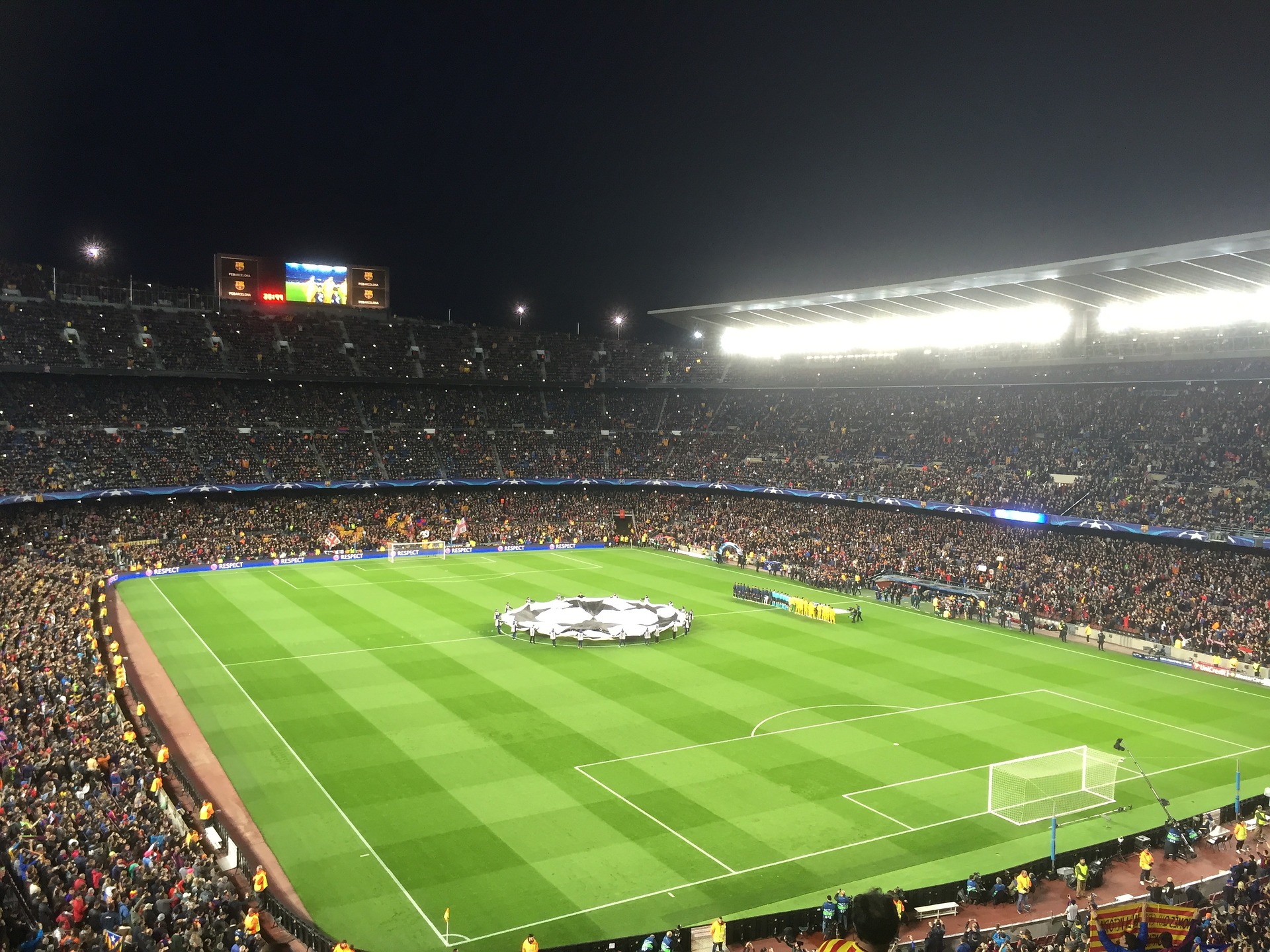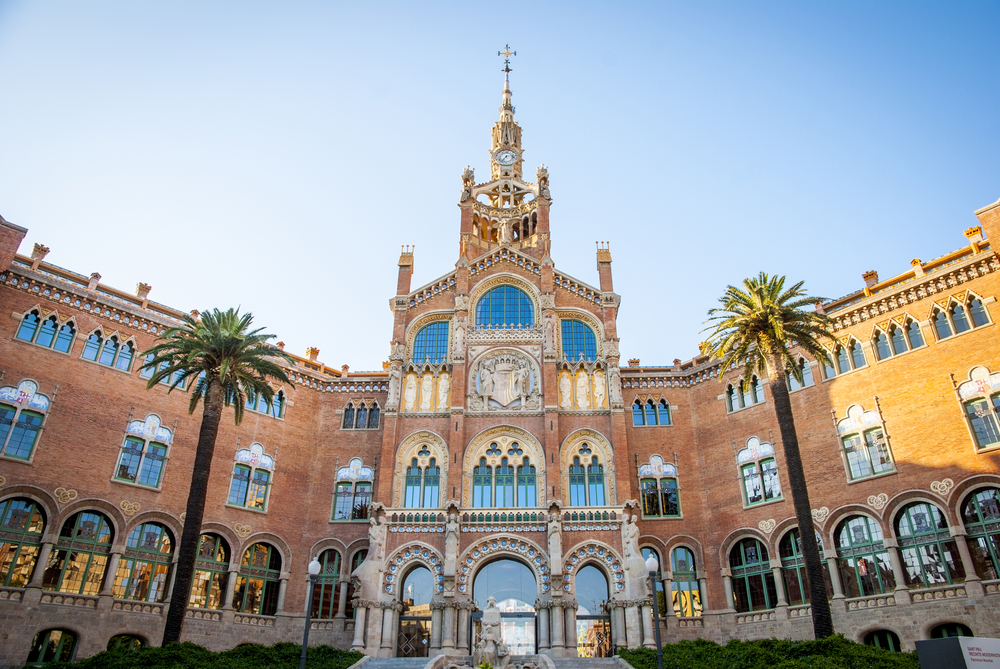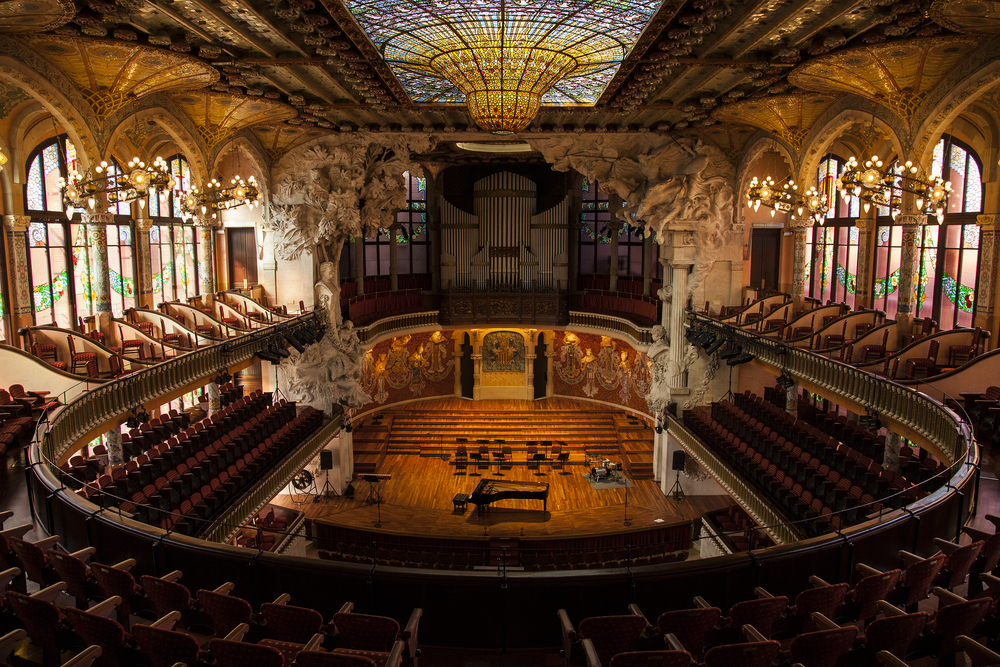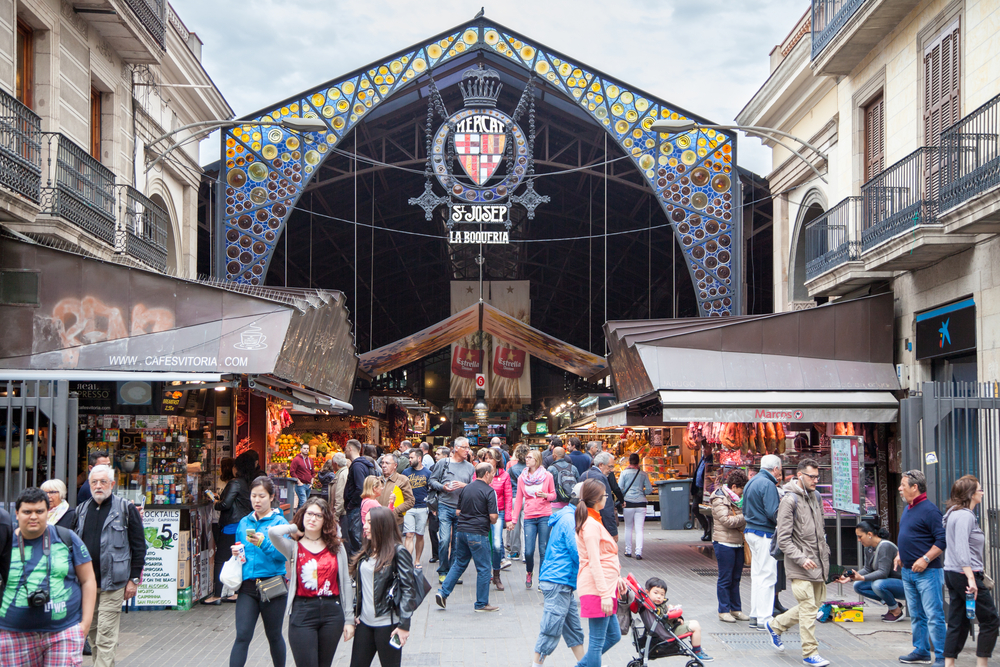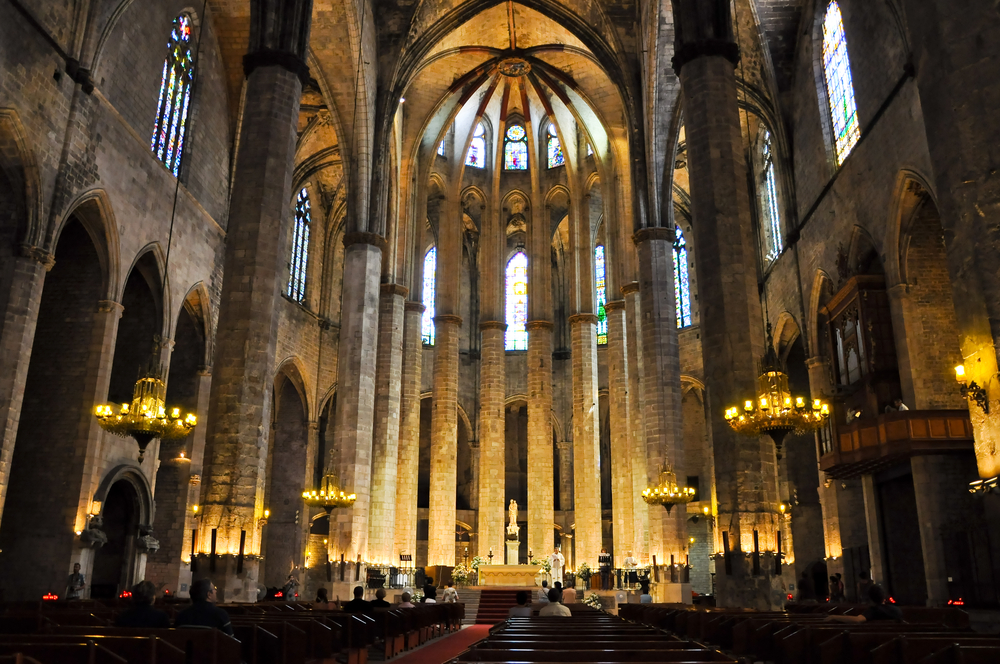BARCELONA
Barcelona, with its 1.6 million habitants is Spain’s second most populous city after Madrid and the EU’s eleventh largest.
Located on the shores of the Mediterranean some 120km South of the Pyrenees and the French border, it is often known as the “Ciutat Condal” or city of Counts, due to its past as seat of the Counts of Barcelona.
Barcelona has hosted a series of key international events which have helped put it firmly on the map, making it a city known the length and breadth of the world. The most notable of these would include: The Universal Exhibition in 1888, followed by the International Exhibition in 1929, although without doubt the greatest celebration held in the city was the games of the XXV Olympiad in 1992, followed twelve years later by the Universal Culture Forum. Barcelona is also the seat of the Union for the Mediterranean.
Barcelona currently enjoys a reputation for being a global city given the prominence of its financial activities, trade and tourism. It has one of the Mediterranean’s busiest ports and acts as a fundamental node of communications and transport between France and Spain, given its motorway and high speed rail links.
Furthermore, a stroll through its unique neighbourhoods, squares and boulevards, visits to its museums and maybe an afternoon on the beach will prove that Barcelona has a host of wonderful experiences to enjoy.Â
|
La Sagrada Familia Antonio Gaudi’s magnum opus and the most visited and emblematic monument in Barcelona. |
Parc Güell Built between 1900 - 1914 by Antoni Gaudí, Parc Güell has in its own right won the reputation of being one of the city’s “must see” venues. |
|
|
||
|
Casa Batlló Paragon of Gaudi’s fantasy architecture, given free rein, a building considered his most artistic work. It was commissioned by the industrialist Josep Batlló, built in the years between 1904 - 1906. |
|||
Casa Milà, La Pedrera La Casa Milà, known by all locals as the Pedrera, for its rough hewn quarried Stone appearance, is one of Gaudi’s most sumptuous, elegant edifices. It was built between 1906 - 1912. |
|
|
|
Palau Güell Built between 1885 - 1890 under commission from Eusebi Güell, the Palau Güell is a majestic, modernist construction that is considered done of Gaudi’s keynote projects. |
FC Barcelona- Stadium Museum Due in no small part to the triumphs of the last few decades, the “jogo bonito” of the Guardiola years and the fortune to be able to boast most probably the greatest player of all time, the ground of FC Barcelona and museum have become a Mecca for fans and the public in general alike and is now one of the country’s major attractions. |
|
|
|
Catedral de Barcelona This masterpiece of Catalan gothic architecture, gateway to the old town, is also known as the Seu or Catedral de la Santa Cruz i Santa Eulalia and dates back to the fourteenth century. |
Hospital de la Santa Creu i de Sant Pau The Hospital de Santa Cruz i Sant Pau is a highly attractive set of buildings purpose built to house formerly the city’s major healthcare centre. Built by another of Barcelona’s most renowned architects - Lluís Domènech i Muntaner along with his son, it dates back to the beginning of the twentieth century. |
|
|
|
Palau de la Música Catalana This unique monument, designed as a purpose built concert hall is one of the jewels of the Catalan modernist movement, a delight to visit, with sumptuous interiors. |
Mercat de la Boqueria This is the common name for “Saint Joseph’s Market, Barcelona’s most colourful, genuine market and a major draw for tourists in the heart of the Rambles Boulevard. |
|
|
|
Basílica de Santa Maria del Mar Built in the sixty years between 1329 - 1383, Santa María del Mar is a beautiful basilica generally considered to be the greatest architectural masterpiece of the Catalan gothic style. |
Picasso Museum The Picasso museum houses an exhaustive collection of paintings, drawings and sculptures produced by this most extraordinary of painters, whose formative years were spent in the city. Over 4,000 of his works are on display here. |
|
|
